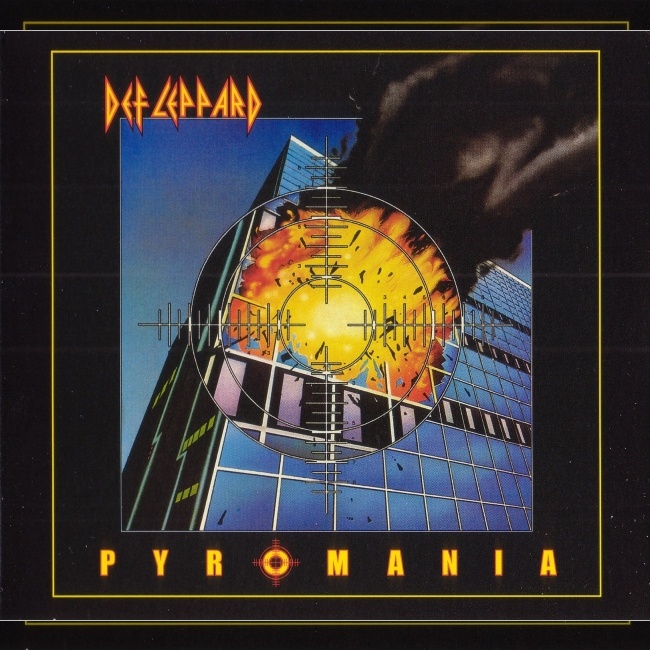Motherboard manufacturers upset as Intel can't get power-draw stable on its latest 10 core 14nm flagship CPU
Intel 10-Core Comet Lake-S CPU Could Suck Up To 300W : Read more
Intel 10-Core Comet Lake-S CPU Could Suck Up To 300W : Read more

(edit: used meme rather than quote, because it's so fitting)Intel 10-Core Comet Lake-S CPU Could Suck Up To 300W

unless pyromania is your thing.

At 20 threads at 4.9Ghz (if they are talking about default)running probably something like heavy AVX workloads."It seems strange that Intel would not bring 10 cores to the mobile segment. "
Considering the article is based around a source claiming over 300w needed for the desktop version ... then no, this isn't strange at all ... unless pyromania is your thing.
At 20 threads at 4.9Ghz (if they are talking about default)running probably something like heavy AVX workloads.
More cores is always going to be a trade off for clocks in laptops,they can release one and just have it run at lowish clocks,as long as it's not too low clocks and the additional cores can still produce higher numbers it's gonna be fine.
I wouldn't worry about DDR5. Maybe memory starts to be a bottleneck above 8 cores, but I think DDR4 is basically fast enough.What a weird time to upgrade, when stuff like DDR5, PCI Express 5, 40Gb USB, multi gigabit ethernet is right on the horizon...
PCIE5 will more then likely come with am5 in 2022 since its already finished.I wouldn't worry about DDR5. Maybe memory starts to be a bottleneck above 8 cores, but I think DDR4 is basically fast enough.
Er... PCIe 5 won't be coming to desktops anytime soon (i.e. next 5 years). Mark my words. You'll have to "settle" for PCIe 4.
I'm not sure how practical 40 Gbps USB 4 will be, given that it's basically Thunderbolt 3, which requires an active cable for full speed over distances > 0.5 meters. But, if you can get a board that has it, why not?
And multigigabit Ethernet is already here, for quite a while. In Dec. 2018, I bought a pair of Aquantia 10 GigE cards for $75 each. Cheap switches is what we're still waiting for. And yeah, I also want to see 2.5 Gbps as a standard feature of upper-end mainstream motherboards, but you can already find it (and faster), in some.
You wanna bet on it?PCIE5 will more then likely come with am5 in 2022 since its already finished.
When all cores are under load they too have to run at base clocks,it's 3.5Ghz for the 16 cored one.Meanwhile AMD is on 7nm Zen 2 and has 16 cores at low to mid 4ghz drawling a good bit less power than intels 8 core 9900ks. Plus AMD is going to have 7nm+ Zen 3 out by the end of the year according to Lisa Sue.
You wanna bet on it?
PCIe 5 is going to be one of those "server-only" features, for the foreseeable future. Maybe it'll get used inside CPU packages, but you're not going to have PCIe 5.0 motherboard slots or consumer GPUs.
Current hardware doesn't saturate the 3.0 bus in most cases. There is almost no reason or need for the PCIe 5.0 specification to find it's way onto consumer hardware for at least that long. I'd suspect consumer boards will ride PCIe 4.0 for at least four years UNLESS Intel decides to leapfrog for a paper victory. Wouldn't make sense though really, since nothing of consumer hardware can appreciate it anyhow.
What a weird time to upgrade, when stuff like DDR5, PCI Express 5, 40Gb USB, multi gigabit ethernet is right on the horizon...
That's not quite accurate. From the reviews I've seen, the 3950X manages an all-core boost of around 4.0 GHz at stock, and a bit higher still with PBO enabled. And it can push clocks into the "mid 4GHz" range on more than one core, just not to the maximum specified 4.7GHz for single-core boost. So it's a lot better than just getting the base clock of 3.5 GHz, which like most modern desktop processors, will generally only be seen under load if the CPU is overheating.When all cores are under load they too have to run at base clocks,it's 3.5Ghz for the 16 cored one.
They only hit mid 4Ghz if only one single core is being stressed.
Physics works for everybody.
AMD's Bulldozer and its derivatives were not exactly performance leaders even when the architecture was new though, and things only got worse in the years that followed. Intel, on the other hand, is still putting out a processor that's competitive from at least a performance standpoint. It sounds like most of their "10th-gen" lineup will finally be matching AMD on thread counts at roughly similar price points, so they will likely come out on top in gaming and many other tasks, even if the processors will be a lot more power hungry and in turn harder to cool. Of course, AMD can adjust prices to stay competitive, and they might not even have to for their highest core-count chips.How the tables have turned. Reminds me of when AMD we’re struggling to compete with the FX series and they released the space heater FX9000 range of 220w CPU’s.
It's not like they are going to make graphics cards smaller, so I don't see x16 slots going anywhere, anytime soon.Thats because you are focusing only on 16 lanes PCIe 3.0 ...
16 lanes slot must be history and canceled.
Once we make the 8 lanes cards max standard , GPU will use only 8 lanes PCIe 5 , and the rest 8 lanes will be free for other cards ...
You can run a single port 10GbE on a PCIe 4.0 x1 lane as well. Only when you get into double ports do you need an x4 slot. What will be amazing with PCIe 5.0 is being able to run a single 25GbE port on a x1 slot or quad port 25GbE on a x4 slot. But once again this is all dealing with server level equipment. For home use 99% of people can get along fine with standard 1GbE.Thats because you are focusing only on 16 lanes PCIe 3.0 ...
16 lanes slot must be history and canceled.
Once we make the 8 lanes cards max standard , GPU will use only 8 lanes PCIe 5 , and the rest 8 lanes will be free for other cards ...
more over , you can put 10Gbit card on 1 lane only PCIe 5.0 .. Today you need 4 or 8 lanes for that on 3.0
1 lanes slots today are useless on PCIe 3.0 but on PCIe 5.0 ? almost all hardware can be put on them ... andfor cheap .. Most motherboards dont put more than one 4 lanes slts and the rest 1 lane only.
True 16 lanes are not saturated , BUT 1 and 4 ? they are Saturated today . stop thinking of Only 16 lanes GPU cards.
For the same type of workload that would produce 300W on the intel CPU the 3950X would run at base clocks.That's not quite accurate. From the reviews I've seen, the 3950X manages an all-core boost of around 4.0 GHz at stock, and a bit higher still with PBO enabled. And it can push clocks into the "mid 4GHz" range on more than one core, just not to the maximum specified 4.7GHz for single-core boost. So it's a lot better than just getting the base clock of 3.5 GHz, which like most modern desktop processors, will generally only be seen under load if the CPU is overheating.
People tend to forget that intel's nm is denser than anyone elses and anyone elses nm is looser than intel's.Of course, it will be drawing a lot more power and putting out a lot more heat to do that on the 14nm node.


